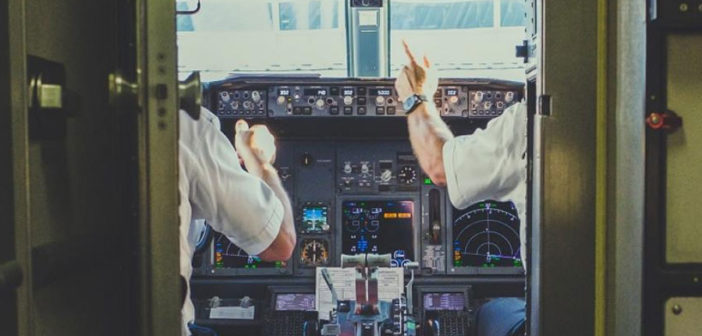As any business road warrior will tell you, air travel these days is far from a relaxing experience.
In the effort to remain profitable, commercial air carriers have capitalized on every form of convenience and comfort — legroom, bag check, early boarding and other privileges. For an extra fee, you, too, can take an economy-class flight from JFK to LAX without your knees embedded in the seat of the passenger in front of you. And, if you’ve accumulated enough frequent-flyer miles, you can upgrade to business class and enjoy a flight experience that’s much more pleasant than that of your fellow passengers.
All things being equal though, what can companies do to distinguish themselves from competitors in a highly commoditized industry like air travel? The obvious answer is by providing better service than other carriers, but studies show that only 12% of passengers feel valued.
Aside from on-time departures and arrivals, and a courteous greeting at the ticket counter, what does valuing a customer really look like? I found the answer on a recent Friday afternoon trip to Dulles International Airport outside of Washington, D.C., where I met “Captain Adams,” pilot of a sold-out flight of 175 passengers who were ready to start their weekends anywhere but at the airport.
Adams, an experienced pilot of more than 22 years, leaves you with the impression that he knows a lot more about the industry than just what happens in the cockpit. He’s become a student of the flight experience and an advocate for improving it.
I met him while he was standing in the jetway observing and greeting every passenger as they boarded his plane. I don’t mean that he was at the cockpit door where you often see pilots; he was far into the jetway itself, making eye contact with each person depending on him to get them safely to their next destination.
Like the best of leaders, with that one simple action, Captain Adams was establishing the cultural environment for the flight. It began with him making his passengers feel like they mattered — that they weren’t just nameless, faceless cattle being herded into their seats.
His cultural scaffolding continued as he walked into the aisle of the plane and introduced himself with a hearty “Good afternoon everyone” — delivered in a booming voice that projected like a Broadway actor’s all the way to the back of the plane. So startled were most of the passengers that only the man seated next to me and I responded in kind.
Unphased, Adams spoke again, this time more loudly: “Good afternoon, everyone!” And then, with a smile and twinkle in his eyes he said, “Didn’t you learn to speak when someone speaks to you?” The cabin burst into laughter, and over 100 people responded exuberantly, “Good afternoon!”
“It’s a beautiful day for our flight to Washington,” Adams exclaimed. The weather is perfect, and the winds are light. We should have a smooth flight and an on-time arrival. If we don’t, it’s my fault,” he informed us. This was a leader telling us what to expect, that he was in control, and that he was accountable for the flight experience we were about to have.
Adams went on to introduce each of the crew members and reminded them that the passengers had a choice in carriers. “Please make sure they are happy they chose us,” he told the crew. Here was a leader empowering his crew to make the best decisions for a great customer experience and shaping a collection of professionals into a team, even though each person may have been working that flight together for the first time.
What was most unique about Adams’ leadership was the energy of it. He used words I’d heard before from other pilots, yet Adams delivered those words with conviction and engaged his crew in a mission of service so that every passenger on that flight felt it. The tenets of the culture he created on plane were palpable, simple and yet profound to experience:
- “We are here to serve the passenger and give them the best possible experience.”
- “I am responsible for this flight, but I depend on this crew to make the customer experience enjoyable and safe.”
- “As a leader, I own the outcome. The buck stops with me if things don’t go well. I’m not abdicating accountability in any way.”
- “We are privileged to have others entrust their well-being to us. Failure to honor that is not an option.”
- “Regardless of where a passenger is seated on this plane, or what class of service they’ve purchased, they deserve to be treated with dignity and respect. That begins with how I, as the pilot, welcome them to my flight.”
- “A little humor goes a long way. Who knows what challenges these passengers have experienced today? Let’s leave them laughing.””
In an industry that has struggled with brand image in recent years, perhaps it will take getting more pilots out of the cockpit and into the jetway to change the passenger experience for the better. Maybe, then, recapturing customer loyalty might become a reality.
–
This article first appeared in www.smartbrief.com
Seeking to build and grow your brand using the force of consumer insight, strategic foresight, creative disruption and technology prowess? Talk to us at +9714 3867728 or mail: info@groupisd.com or visit www.groupisd.com


